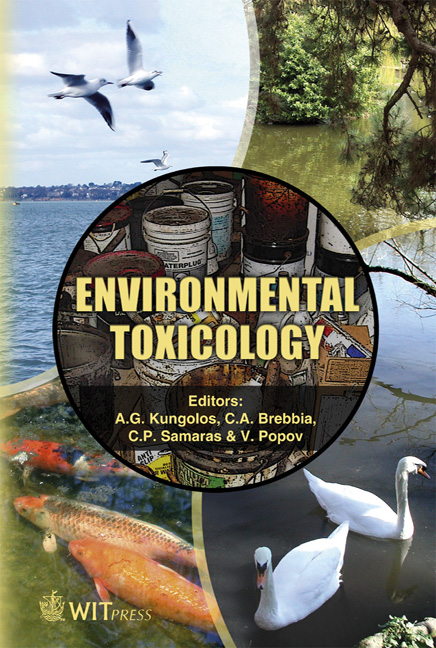Microbiotests In Aquatic Toxicology: The Way Forward
Price
Free (open access)
Transaction
Volume
10
Pages
10
Published
2006
Size
840 kb
Paper DOI
10.2495/ETOX060341
Copyright
WIT Press
Author(s)
C. Blaise & J.-F. Férard
Abstract
The industrial revolution has driven the need for ecotoxicology and shaped its evolution. Indeed, the increased use and transformation of (non)renewable resources for over a century to benefit mankind have had a downside and created a plethora of contaminants harmful to the receiving environments. With time, we have gone from an age of darkness in the 1950s (i.e., diagnostic ignorance in terms of recognizing and dealing with contamination) to one of enlightenment as the 21 st century unfolds (i.e., use of tools and strategies to identify and correct environmental pollutions). Effects measurements, reflected by toxicity testing conducted at different levels of biological organization, have proven especially useful to achieve proper hazard/risk assessments of contaminants. Knowing why toxicity testing has been conducted over the past decades to protect and conserve freshwater environments is also essential to grasp the importance and breadth of this field. For this purpose, we have recently reviewed a substantial number of articles describing numerous bioanalytical endeavours undertaken to comprehend toxic effects associated with the discharge of xenobiotics to aquatic environments. Scrutiny of publications identified in our literature search has enabled us to uncover the various ways in which laboratory toxicity tests have been applied, many of which are small-scale in nature. In essence, freshwater toxicity testing has significantly focussed on liquid (complex environmental samples, chemical and biological contaminants) and solid media (sediments) assessment. For both media, miscellaneous studies/initiatives linked to toxicity testing applications have again promoted the development, validation, refinement and use of toxicity testing procedures. Bioassays are clearly an essential component of environmental management programs and several small-scale tests (microbiotests) can be employed to generate cost-effective toxicity data that assist decision-making. Keywords: microbiotests, aquatic toxicology, effects measurements, freshwater toxicity testing, contaminants, evolution of ecotoxicology.
Keywords
microbiotests, aquatic toxicology, effects measurements, freshwater toxicity testing, contaminants, evolution of ecotoxicology.





